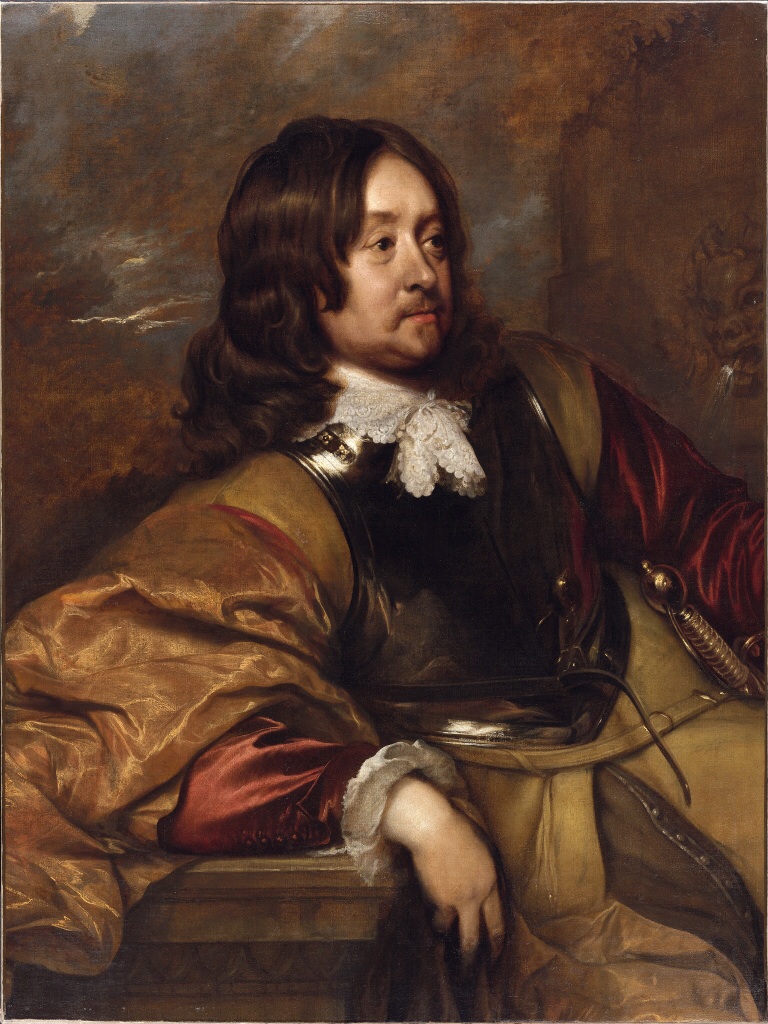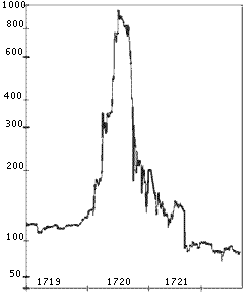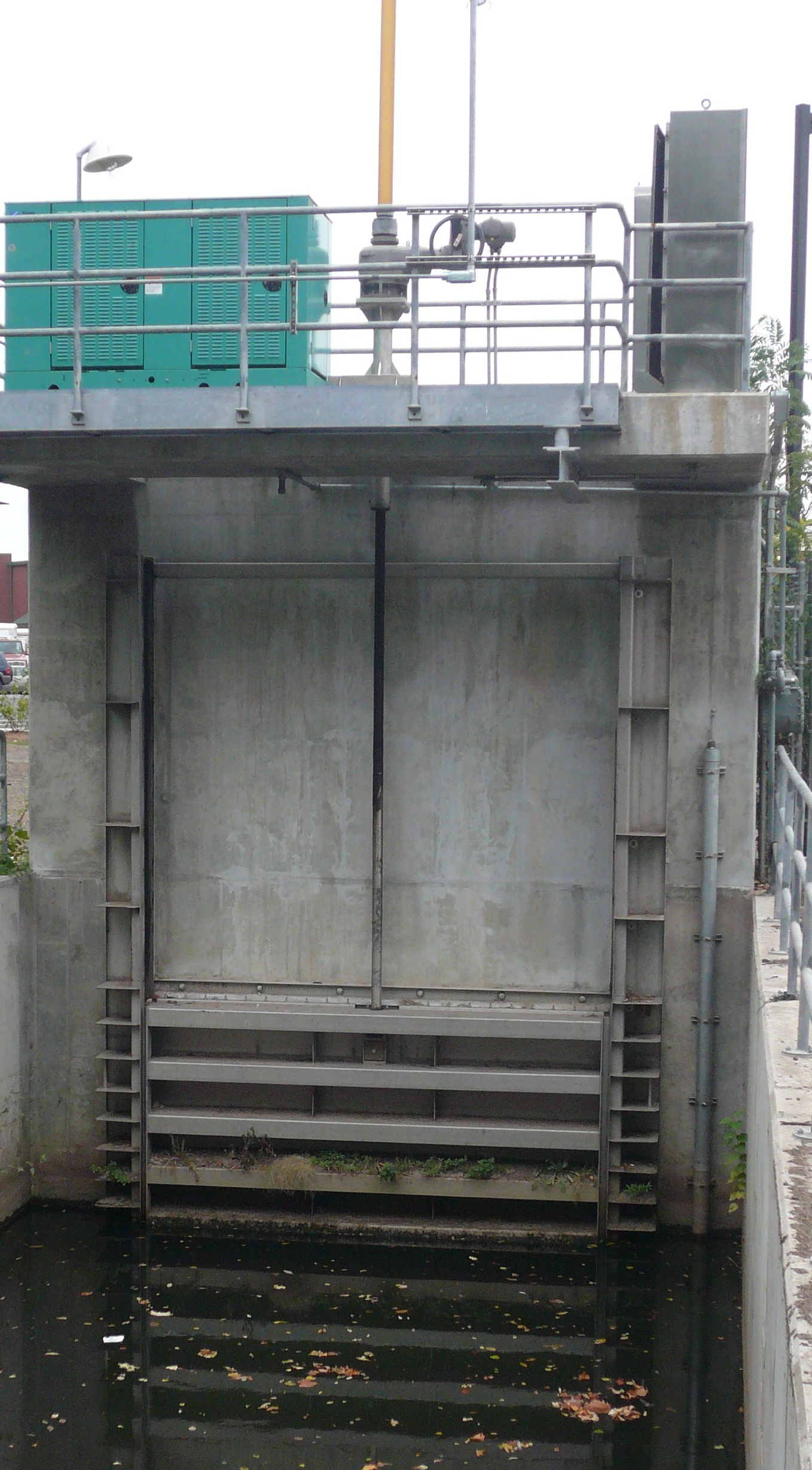|
Siege Of Hull (1642)
The first siege of Hull marked a major escalation in the conflict between King Charles I and Parliament during the build-up to the First English Civil War. Charles sought to secure the large arsenal held in Kingston upon Hull, East Riding of Yorkshire. He first approached the town in late April 1642 and was rebuffed by the town's Parliamentarian governor, Sir John Hotham. Charles retreated to York but in July he received news that Hotham might be willing to hand over the town if the Royalists approached with force large enough for Hotham to surrender with his honour intact. Charles marched towards the town with an army of 4,000 men. In the meantime, Hull had been reinforced by sea and Parliament had sent Sir John Meldrum to command the town's garrison, as they were concerned about Hotham's loyalty. Hotham once again rejected the King's demands to enter the town and a largely ineffective siege was established by the Royalists, commanded by the Earl of Lindsey as the King had r ... [...More Info...] [...Related Items...] OR: [Wikipedia] [Google] [Baidu] |
First English Civil War
The First English Civil War took place in England and Wales from 1642 to 1646, and forms part of the 1639 to 1653 Wars of the Three Kingdoms. An estimated 15% to 20% of adult males in England and Wales served in the military at some point between 1639 and 1653, while around 4% of the total population died from war-related causes. These figures illustrate the widespread impact of the conflict on society, and the bitterness it engendered as a result. Conflict over the role of Parliament and religious practice dated from the accession of James VI and I in 1603. These tensions culminated in the imposition of Personal Rule in 1629 by his son, Charles I, who recalled Parliament in April and November 1640. He hoped by doing so to obtain funding that would enable him to reverse his defeat by Scots Covenanters in the Bishops' Wars, but in return Parliament demanded a greater share in government than he was willing to concede. In its early stages, the vast majority on both sides s ... [...More Info...] [...Related Items...] OR: [Wikipedia] [Google] [Baidu] |
North Sea
The North Sea lies between Great Britain, Denmark, Norway, Germany, the Netherlands, Belgium, and France. A sea on the European continental shelf, it connects to the Atlantic Ocean through the English Channel in the south and the Norwegian Sea in the north. It is more than long and wide, covering . It hosts key north European shipping lanes and is a major fishery. The coast is a popular destination for recreation and tourism in bordering countries, and a rich source of energy resources, including wind energy, wind and wave power. The North Sea has featured prominently in geopolitical and military affairs, particularly in Northern Europe, from the Middle Ages to the modern era. It was also important globally through the power northern Europeans projected worldwide during much of the Middle Ages and into the modern era. The North Sea was the centre of the Viking Age, Vikings' rise. The Hanseatic League, the Dutch Golden Age, Dutch Republic, and Kingdom of Great Britain, Brita ... [...More Info...] [...Related Items...] OR: [Wikipedia] [Google] [Baidu] |
Corporation
A corporation or body corporate is an individual or a group of people, such as an association or company, that has been authorized by the State (polity), state to act as a single entity (a legal entity recognized by private and public law as "born out of statute"; a legal person in a legal context) and recognized as such in Corporate law, law for certain purposes. Early incorporated entities were established by charter (i.e., by an ''ad hoc'' act granted by a monarch or passed by a parliament or legislature). Most jurisdictions now allow the creation of new corporations through List of company registers, registration. Corporations come in many different types but are usually divided by the law of the jurisdiction where they are chartered based on two aspects: whether they can issue share capital, stock, or whether they are formed to make a profit (accounting), profit. Depending on the number of owners, a corporation can be classified as ''aggregate'' (the subject of this articl ... [...More Info...] [...Related Items...] OR: [Wikipedia] [Google] [Baidu] |
Puritan
The Puritans were English Protestants in the 16th and 17th centuries who sought to rid the Church of England of what they considered to be Roman Catholic practices, maintaining that the Church of England had not been fully reformed and should become more Protestant. Puritanism played a significant role in English and early American history, especially in the Protectorate in Great Britain, and the earlier settlement of New England. Puritans were dissatisfied with the limited extent of the English Reformation and with the Church of England's religious toleration of certain practices associated with the Catholic Church. They formed and identified with various religious groups advocating greater purity of worship and doctrine, as well as personal and corporate piety. Puritans adopted a covenant theology, and in that sense they were Calvinists (as were many of their earlier opponents). In church polity, Puritans were divided between supporters of episcopal, presbyterian, and ... [...More Info...] [...Related Items...] OR: [Wikipedia] [Google] [Baidu] |
Sluice Gate
A sluice ( ) is a water channel containing a sluice gate, a type of lock to manage the water flow and water level. There are various types of sluice gates, including flap sluice gates and fan gates. Different depths are calculated when design sluice gates. Sluices are used for channeling water toward a water mill, including for transporting logs from steep hillsides. Different terms are used regionally for sluices; the terms ''sluice'', ''sluice gate'', ''knife gate'', and ''slide gate'' are used interchangeably in the water and wastewater control industry. Etymology The term "sluice" originates from the Middle English word scluse, which derived from the Old French escluse (modern French: écluse). This, in turn, came from the Late Latin exclusa, a shortening of aqua exclusa, meaning "excluded water" or "a shut-off water channel." The Latin exclusa is the feminine past participle of excludere ("to shut out, exclude"), from *ex-* ("out") and claudere ("to close"). Regional ... [...More Info...] [...Related Items...] OR: [Wikipedia] [Google] [Baidu] |
Breastwork (fortification)
A breastwork is a temporary fortification, often an earthwork thrown up to breast or shoulder height to provide protection to defenders firing over it from a standing position. A more permanent structure, normally in stone, would be described as a parapet or the battlement of a castle wall. In warships, a breastwork is the armored superstructure in the ship that did not extend all the way out to the sides of the ship. It was generally only used in ironclad turret ships designed between 1865 and 1880. References See also *List of established military terms (Fortifications A fortification (also called a fort, fortress, fastness, or stronghold) is a military construction designed for the defense of territories in warfare, and is used to establish rule in a region during peacetime. The term is derived from La ...) Fortifications by type {{Fort-stub ... [...More Info...] [...Related Items...] OR: [Wikipedia] [Google] [Baidu] |
Bishops' Wars
The Bishops' Wars were two separate conflicts fought in 1639 and 1640 between Scotland and England, with Scottish Royalists allied to England. They were the first of the Wars of the Three Kingdoms, which also include the First and Second English Civil Wars, the Irish Confederate Wars, and the 1650 to 1652 Anglo-Scottish War. In 1637, Charles I, then king of both Scotland and England, imposed changes in religious practice on the Church of Scotland. These were strongly opposed by many Scots who, in 1638, signed a National Covenant and became known as Covenanters. The General Assembly of the Church of Scotland then expelled bishops from the church, turning a religious dispute into a struggle for political supremacy. The new Covenanter government raised an army to prevent Charles using force to restore his authority. The First Bishops' War began in early 1639, when minor skirmishing between Covenanters and Scottish Royalists took place in north-east Scotland. In June, En ... [...More Info...] [...Related Items...] OR: [Wikipedia] [Google] [Baidu] |
Henry VIII Of England
Henry VIII (28 June 149128 January 1547) was King of England from 22 April 1509 until his death in 1547. Henry is known for his Wives of Henry VIII, six marriages and his efforts to have his first marriage (to Catherine of Aragon) annulled. His disagreement with Pope Clement VII about such an annulment led Henry to initiate the English Reformation, separating the Church of England from papal authority. He appointed himself Supreme Head of the Church of England and dissolution of the monasteries, dissolved convents and monasteries, for which he was List of people excommunicated by the Catholic Church, excommunicated by the pope. Born in Greenwich, Henry brought radical changes to the Constitution of England, expanding royal power and ushering in the theory of the divine right of kings in opposition to papal supremacy. He frequently used charges of treason and heresy to quell dissent, and those accused were often executed without a formal trial using bills of attainder. He achi ... [...More Info...] [...Related Items...] OR: [Wikipedia] [Google] [Baidu] |
Blockhouse
A blockhouse is a small fortification, usually consisting of one or more rooms with loopholes, allowing its defenders to fire in various directions. It is usually an isolated fort in the form of a single building, serving as a defensive strong point against any enemy that does not possess siege equipment or, in modern times, artillery, air force or cruise missiles. A fortification intended to resist these weapons is more likely to qualify as a fortress or a redoubt, or in modern times, be an underground bunker. However, a blockhouse may also refer to a room within a larger fortification, usually a battery or redoubt. Etymology The term '' blockhouse'' is of uncertain origin, perhaps related to Middle Dutch '' blokhus'' and 18th-century French '' blocus'' (blockade). In ancient Greece Blockhouses existed in ancient Greece, for example the one near Mycenae. Early blockhouses in England Early blockhouses were designed solely to protect a particular area by the use of a ... [...More Info...] [...Related Items...] OR: [Wikipedia] [Google] [Baidu] |
Curtain Wall (architecture)
A curtain wall is an exterior covering of a building in which the outer walls are non-structural, instead serving to protect the interior of the building from the elements. Because the curtain wall façade carries no structural load beyond its own dead load weight, it can be made of lightweight materials. The wall transfers lateral wind loads upon it to the main building structure through connections at floors or columns of the building. Curtain walls may be designed as "systems" integrating frame, wall panel, and weatherproofing materials. Steel frames have largely given way to aluminum extrusions. Glass is typically used for infill because it can reduce construction costs, provide an architecturally pleasing look, and allow natural light to penetrate deeper within the building. However, glass also makes the effects of light on visual comfort and solar heat gain in a building more difficult to control. Other common infills include stone veneer, metal panels, louvres, and ... [...More Info...] [...Related Items...] OR: [Wikipedia] [Google] [Baidu] |
Tower Of London
The Tower of London, officially His Majesty's Royal Palace and Fortress of the Tower of London, is a historic citadel and castle on the north bank of the River Thames in central London, England. It lies within the London Borough of Tower Hamlets, which is separated from the eastern edge of the square mile of the City of London by the open space known as Tower Hill. It was founded toward the end of 1066 as part of the Norman Conquest. The White Tower (Tower of London), White Tower, which gives the entire castle its name, was built by William the Conqueror in 1078 and was initially a resented symbol of oppression, inflicted upon London by the new Normans, Norman ruling class. The castle was also used as a prison from 1100 (Ranulf Flambard, Bishop of Durham) until 1952 (the Kray twins), although that was not its primary purpose. A grand palace early in its history, it served as a royal residence. As a whole, the Tower is a complex of several buildings set within two concentric ring ... [...More Info...] [...Related Items...] OR: [Wikipedia] [Google] [Baidu] |









